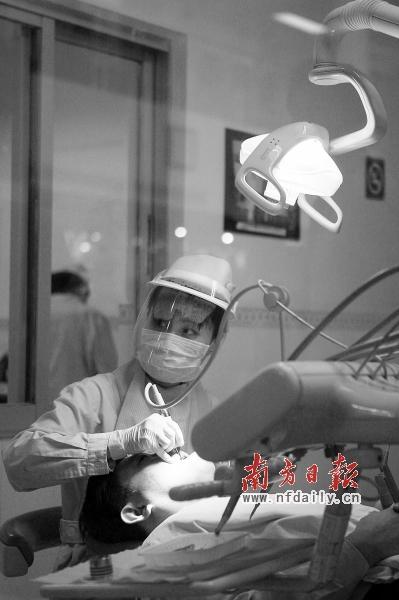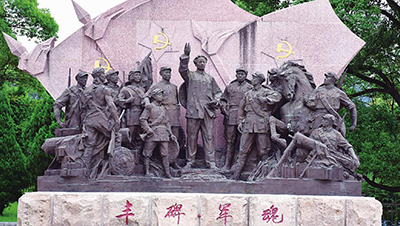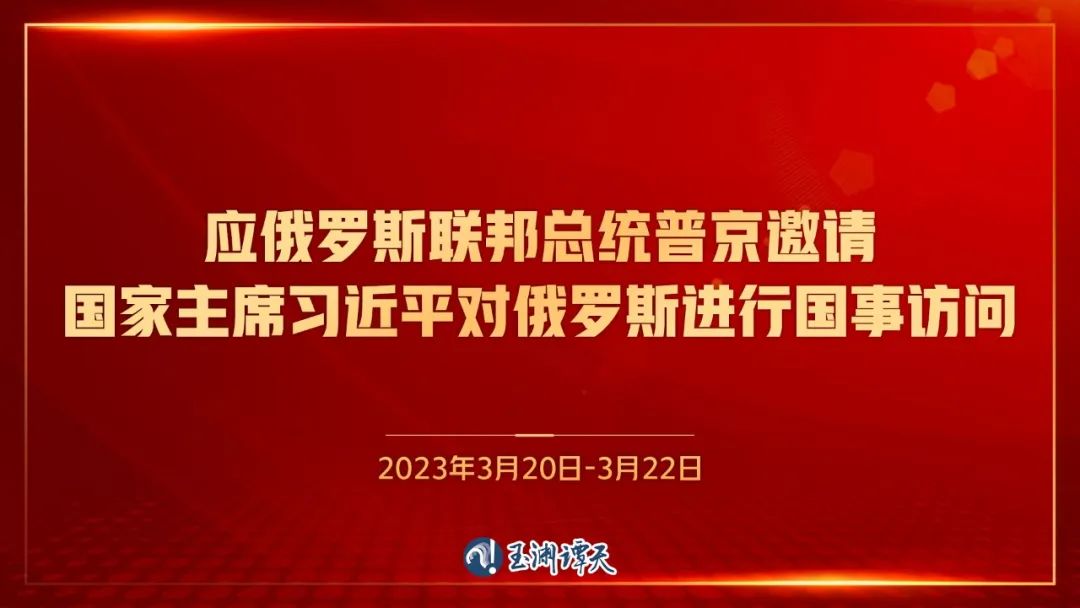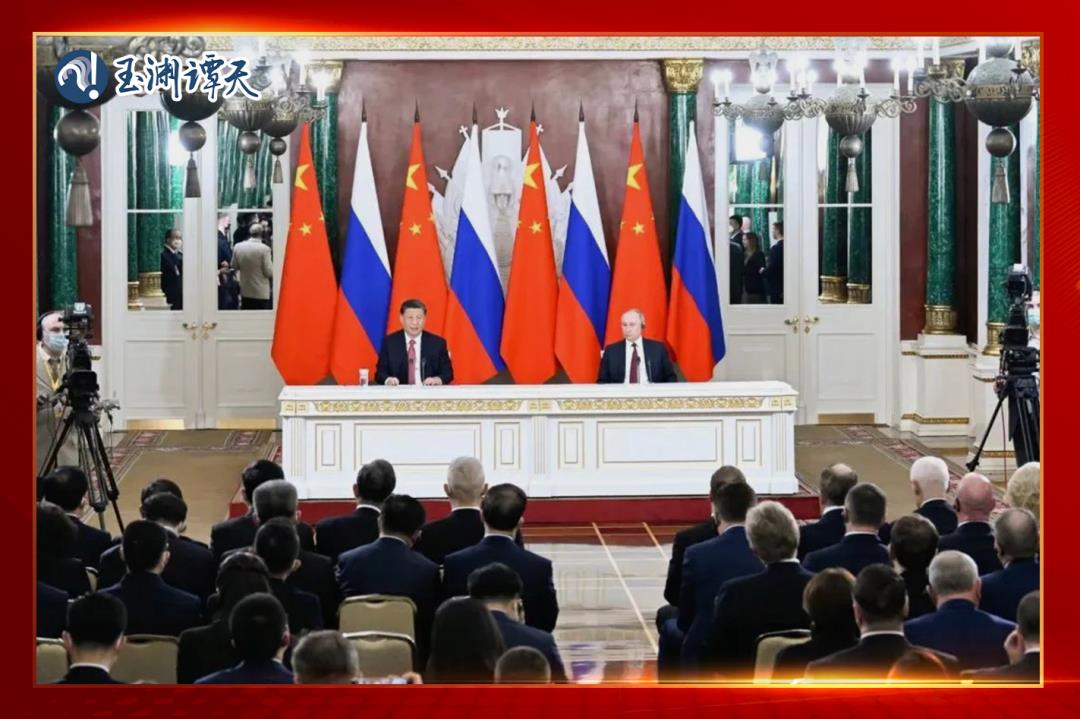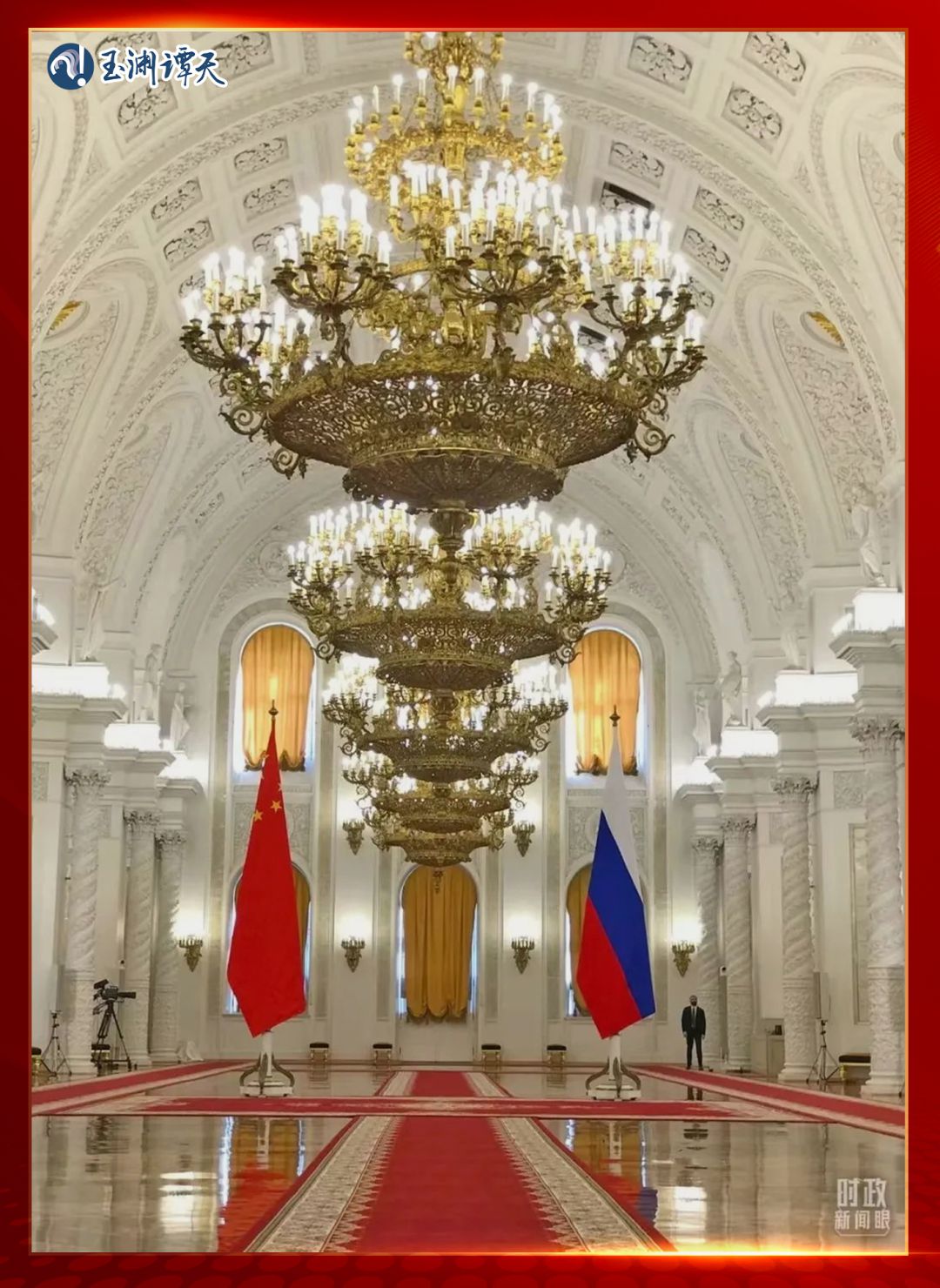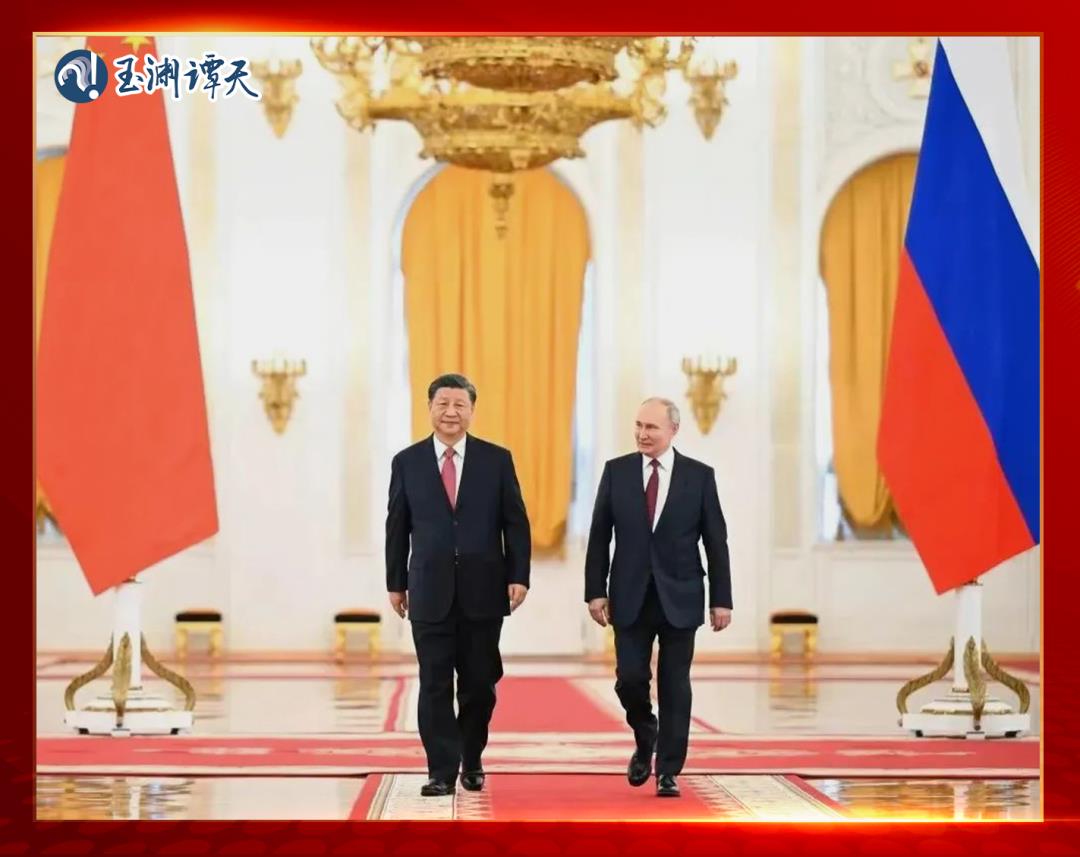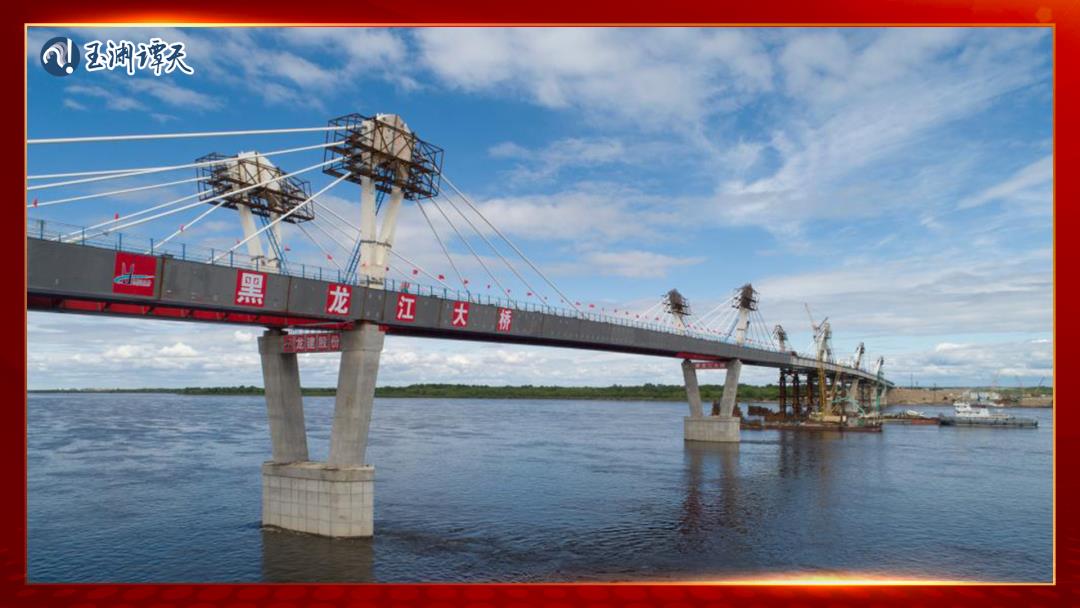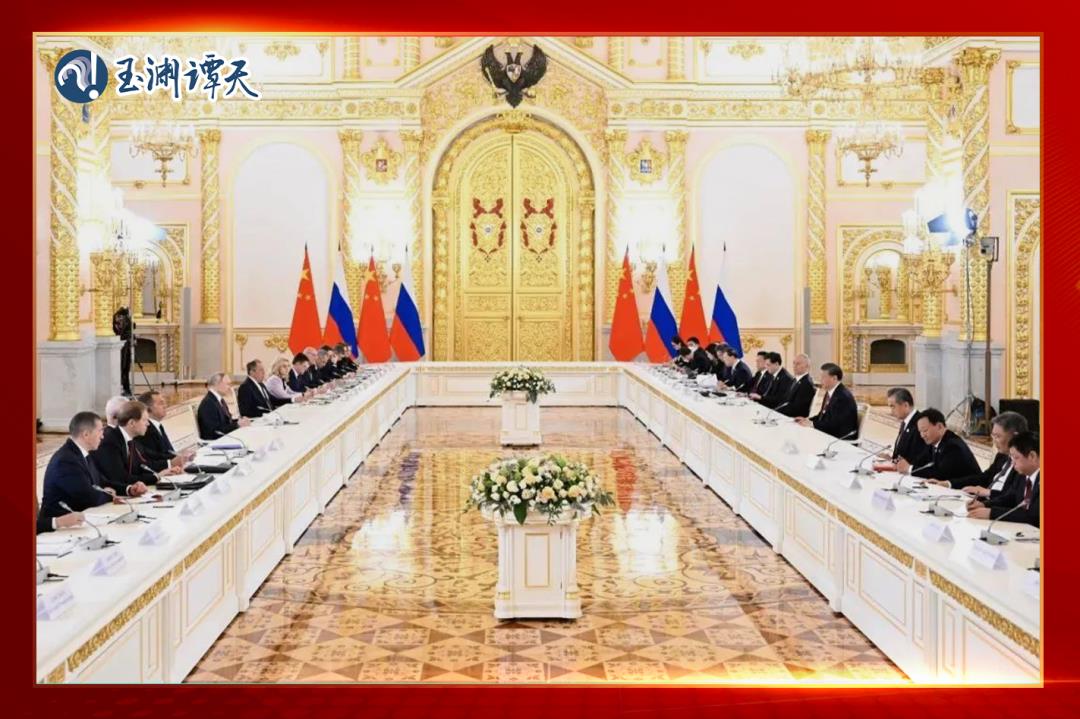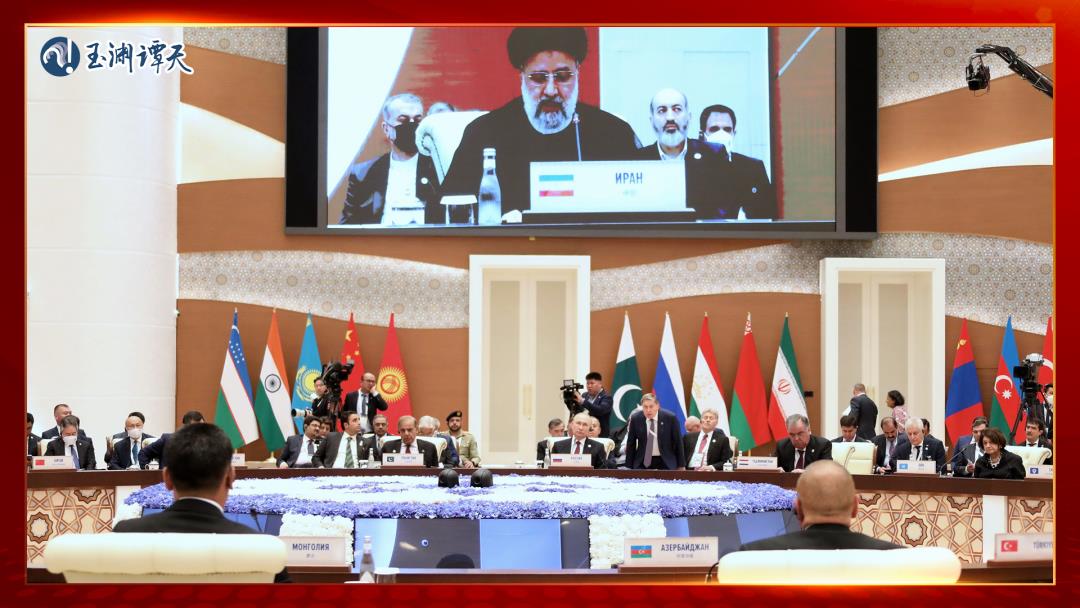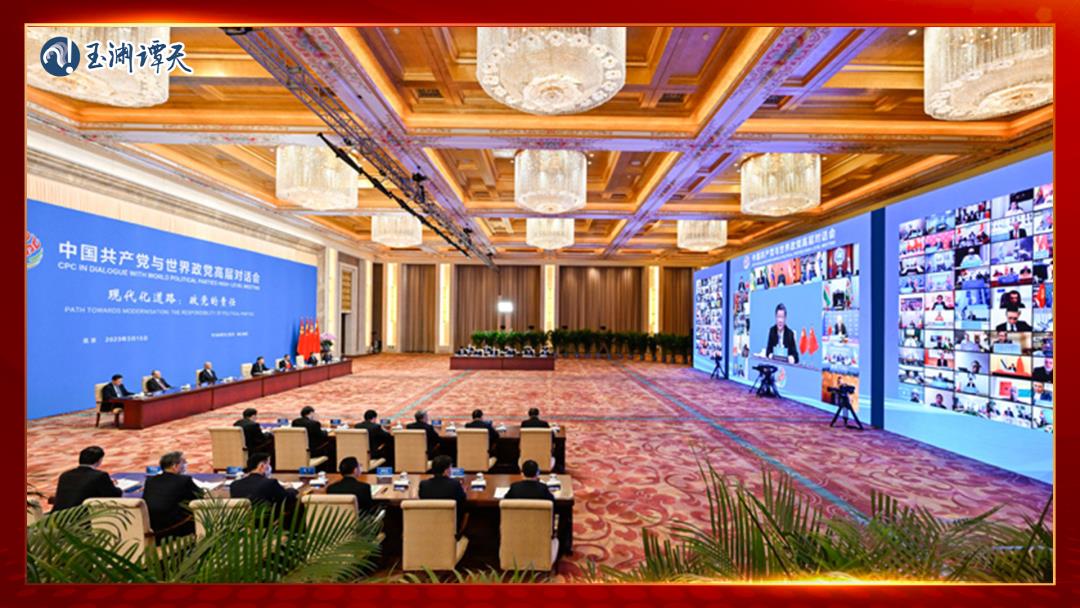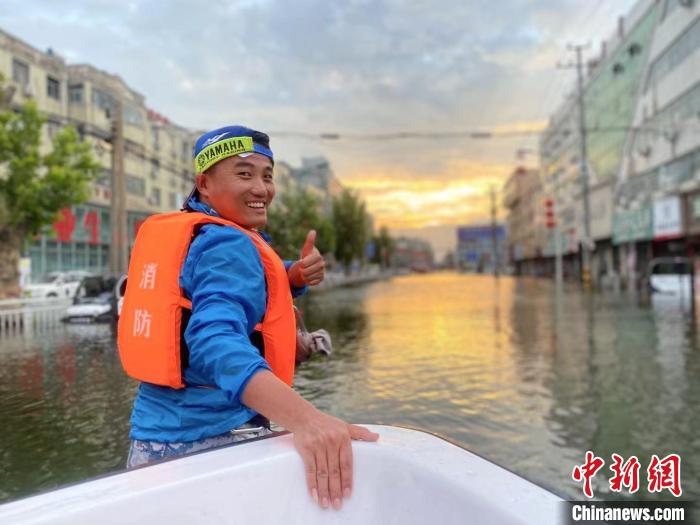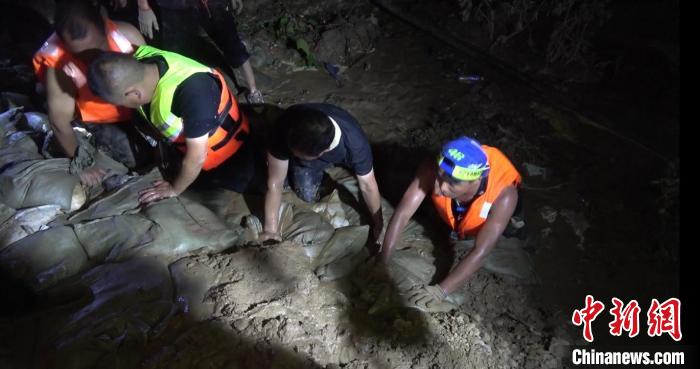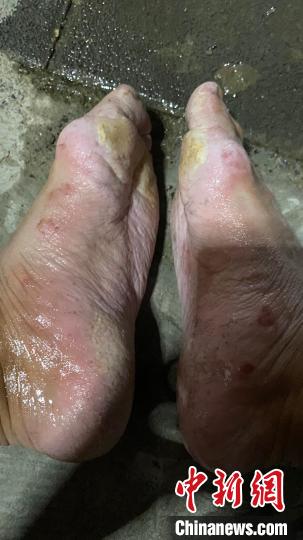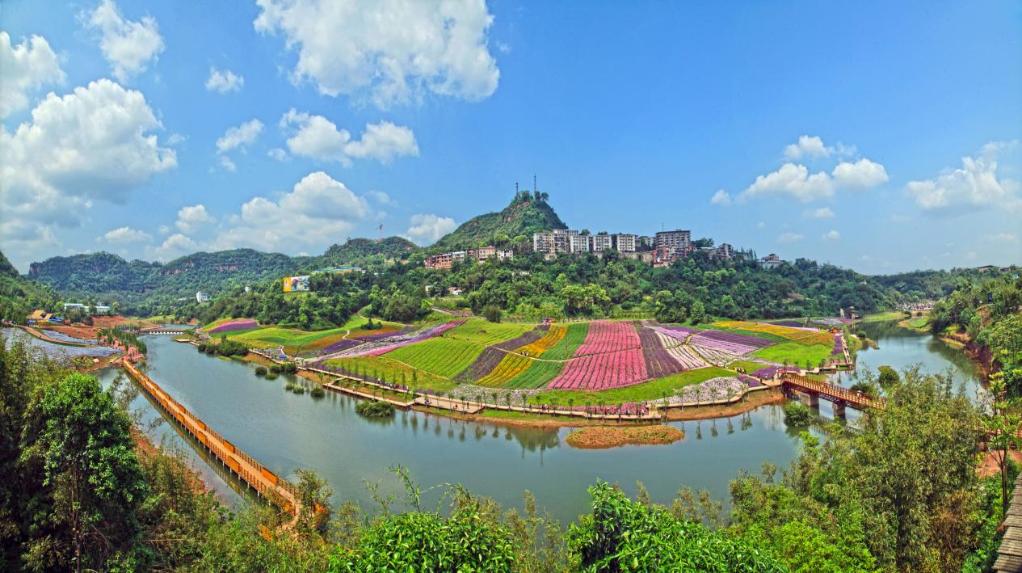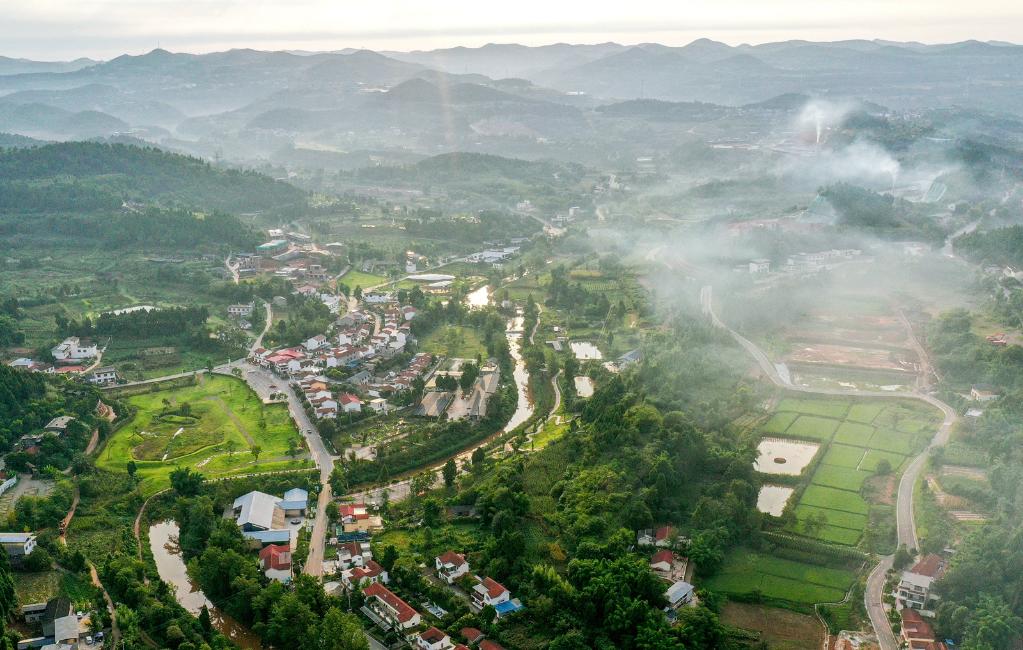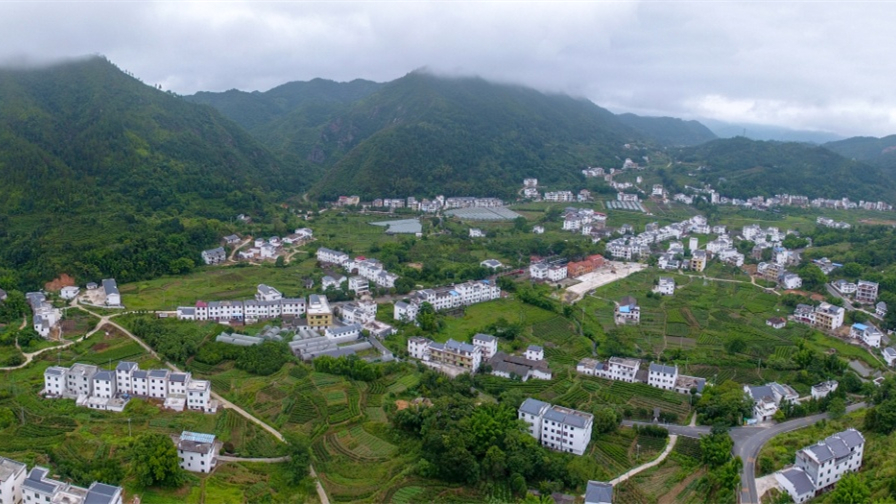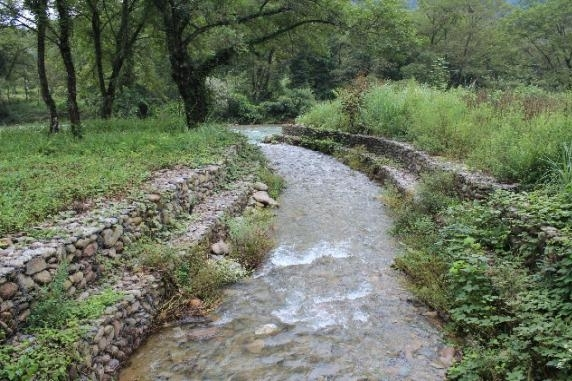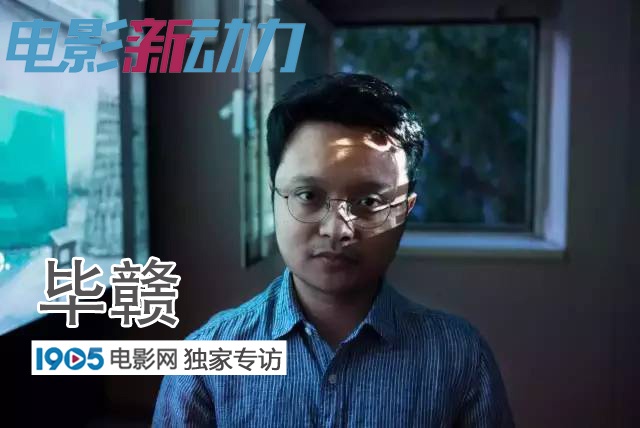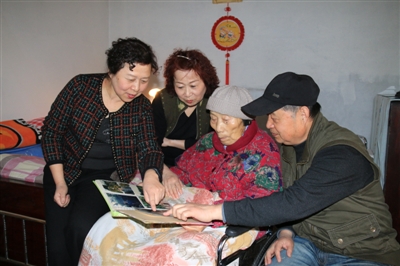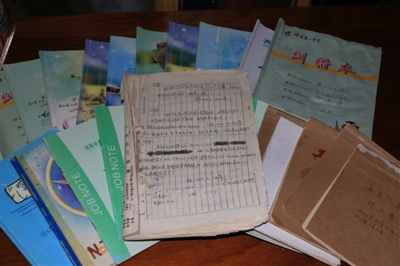Some valuable experiences in 40 years of reform and opening up
This year marks the 40th anniversary of China’s reform and opening up. 40 years of reform and opening up has made great achievements that attract worldwide attention, which has brought about earth-shaking changes in China. General Secretary of the Supreme Leader stressed that "great efforts should be made to sum up and apply the successful experience of China’s reform and opening up". It is of great theoretical and practical significance to sum up the valuable experience of China’s reform and opening up in the past 40 years to further accelerate the reform and opening up in the new era, uphold and develop Socialism with Chinese characteristics and realize the Chinese dream of the great rejuvenation of the Chinese nation.
The Third Plenary Session of the Eleventh Central Committee of the Party held in 1978 opened the historical journey of China’s reform and opening up. Since then, our Party has United and led the people of all ethnic groups throughout the country to make unremitting efforts, wrote a magnificent epic of the Chinese nation’s unremitting efforts to strive for self-improvement, pushed China’s economic strength, scientific and technological strength, national defense strength and comprehensive national strength into the forefront of the world, and promoted China’s international status to an unprecedented level. The face of the Party, the face of the country, the face of the people, the face of the army and the face of the Chinese nation have undergone unprecedented changes. China has accumulated a lot of experience in the 40 years of reform and opening up, and the valuable experience of fundamental significance that deserves our firm grasp mainly includes the following aspects:
We must adhere to the direction of Socialism with Chinese characteristics.
Reform and opening up is a profound revolution, and we must adhere to the correct direction and advance along the right path. Over the past 40 years, the people of China have been working hard and tenaciously, greatly liberating and developing the social productive forces, and always striving for progress and forging ahead, opening up the road of Socialism with Chinese characteristics. Over the past 40 years, China’s economic strength and comprehensive national strength have been greatly improved, people’s lives have improved significantly, its international status has been unprecedentedly improved, and its economic aggregate has leapt to the second place in the world, successfully achieving a leap from a low-income country to a middle-income country. Practice has proved that the road of Socialism with Chinese characteristics is feasible, right and good. Reform is a reform that keeps advancing on the road of Socialism with Chinese characteristics, and adhering to the direction of Socialism with Chinese characteristics is the fundamental reason for the success of China’s 40 years of reform and opening up. General Secretary of the Supreme Leader pointed out, "Our reform and opening up has a direction, a position and principles." "If we don’t implement reform and opening up, we will die, and we will deny the socialist direction ‘ Reform and opening up ’ We say that Socialism with Chinese characteristics is socialism, that is, no matter how we reform and open up, we will always adhere to the Socialism with Chinese characteristics Road, Socialism with Chinese characteristics Theory System and Socialism with Chinese characteristics System. In the face of the actions of hostile forces in the west and some people with ulterior motives in spreading fallacies and confusing people on the reform issue, we must keep a clear head and maintain political firmness.As General Secretary of the Supreme Leader emphasized, to firmly grasp the correct direction of reform, we must stand firm and take a clear-cut stand on fundamental issues such as roads, theories and systems, and in the face of major issues.
We must constantly promote the China of Marxism.
Reform and opening up is an unprecedented innovative practice, and the process of promoting reform and opening up is a process of crossing the river by feeling the stones and constantly summarizing scientific theories in practice and guiding reform with scientific theories. In the past 40 years, China has made great achievements in reform and opening up. The key is that we not only adhere to the basic principles of Marxism, but also continue to promote the China of Marxism according to the practice of contemporary China and the development of the times, thus forming and developing the system of Socialism with Chinese characteristics Theory. Socialism with Chinese characteristics Thought of the Supreme Leader in the New Era is the latest achievement of Marxism in China and an important part of Socialism with Chinese characteristics’s theoretical system. In this thought, it is clear that the overall goal of comprehensively deepening reform is to improve and develop the Socialism with Chinese characteristics system, promote the modernization of the national governance system and governance capacity, and emphasize persisting in comprehensively deepening reform and promoting the building of a community of human destiny. An important experience of the success of China’s 40-year reform and opening-up is that it has neither lost its ancestors nor developed them, and guided the practice of China’s reform and opening-up with contemporary Marxist scientific theory in China.
We must uphold and improve the Communist Party of China (CPC)’s leadership.
The most essential feature of Socialism with Chinese characteristics is the Communist Party of China (CPC)’s leadership, and the greatest advantage of Socialism with Chinese characteristics system is the Communist Party of China (CPC)’s leadership. The Communist Party of China (CPC) is the leading core of Socialism with Chinese characteristics’s cause, and reform and opening up is a new great revolution led by the Party under the new era. China’s reform and opening-up is carried out under the condition that the productive forces are relatively backward, and there are many institutional drawbacks in the production relations and superstructure. It is the self-improvement and development of the socialist system and a profound and complicated revolution, which determines that the reform must be carried out in a planned, step-by-step and orderly manner under the leadership of the Party. Our party deeply understands that to realize the great rejuvenation of the Chinese nation, we must conform to the trend of the times, conform to the wishes of the people, be brave in reform and opening up, and make the cause of the party and the people always full of powerful motivation to forge ahead courageously. Our Party unites and leads the people to carry out the new great revolution of reform and opening up, breaks down all ideological and institutional obstacles that hinder the development of the country and the nation, opens up the road to Socialism with Chinese characteristics, and makes China catch up with the times in great strides. At the same time, with the deepening of China’s reform and opening up, party building needs to be strengthened. It is an important experience of China’s 40 years of reform and opening up to the outside world to promote the cause of China’s reform, opening up and socialist modernization by constantly strengthening and perfecting the Party’s leadership, so that the Party will always become the strong leadership core of Socialism with Chinese characteristics’s cause.
We must adhere to the people-centered value orientation
The people are the creators of history and the main force to promote reform and opening up. The General Secretary of the Supreme Leader pointed out that "reform and opening up is the cause of hundreds of millions of people, and we must persist in respecting the people’s initiative and promoting it under the leadership of the party" and "we must adhere to the unity of the people’s dominant position and the leadership of the party and rely on the people to promote reform and opening up". An important experience of China’s 40 years of reform and opening up is that our party has always adhered to taking the people as the center and respecting the people’s dominant position. Throughout the process of reform and opening up, the Party has always adhered to the basic principle of historical materialism that the people create history, represented the fundamental interests of the overwhelming majority of the people in China, and widely mobilized the enthusiasm, initiative and creativity of the people. It has always taken the people’s support or disapproval, approval or disapproval, happiness or unhappiness, and consent or disapproval as the test criteria, and has always insisted that development is for the people, development depends on the people, and development results are shared by the people. It is precisely because the party has always adhered to the people-centered political stance and value orientation, and has always regarded the people’s longing for a better life as an important goal to promote reform and opening up. Our reform and opening up has always broken through difficulties and made brilliant achievements that have attracted worldwide attention.
We must persist in emancipating our minds, seeking truth from facts, advancing with the times and being pragmatic.
The Third Plenary Session of the Eleventh Central Committee of the Party re-established the ideological line of emancipating the mind and seeking truth from facts, and opened a new era of China’s reform, opening up and socialist modernization. Since then, our Party has kept pace with the times and insisted on integrating the basic principles of Marxism with the concrete reality of China. Especially since the 18th National Congress of the Communist Party of China, the CPC Central Committee with the Supreme Leader as the core has persisted in emancipating the mind, seeking truth from facts, keeping pace with the times, seeking truth from facts and being pragmatic. With great political courage and strong responsibility, it has continuously made new breakthroughs in the journey of comprehensively deepening reform, and promoted the historic achievements and changes in the cause of the party and the country. The practice of 40 years has fully proved that China’s reform and opening-up has precisely defined the historical stage and fundamental task of China’s social development, scientifically formulated a series of principles and policies for reform, opening-up and modernization, and gradually explored a Socialism with Chinese characteristics road suitable for China’s national conditions, thus making the reform and opening-up achieve brilliant achievements.
We must correctly handle the relationship between reform, development and stability.
Reform, development and stability are inextricably linked, organically unified and indispensable. Reform is a powerful driving force for economic and social development and the foundation for achieving social stability; Development is the purpose of reform, and the key to solving all problems in China must rely on reform and development; Stability is an important prerequisite to ensure the success of reform and development. Therefore, we must make overall arrangements for reform, development and stability. Reform is the driving force, development is the goal, and stability is the premise. The relationship between reform, development and stability runs through the 40-year reform process. The experience of 40 years of reform and opening up has proved that only by correctly handling the dialectical unity relationship between reform, development and stability, consciously grasping the strength, speed and social affordability of reform, and taking continuous improvement of people’s lives as an important combination point to deal with the relationship between reform, development and stability, can we really promote reform and development while maintaining social stability, thus realizing the sustained and healthy development of China’s economy and society and continuously advancing the great process of reform, opening up and modernization.
(Written by Han Zhenfeng)
